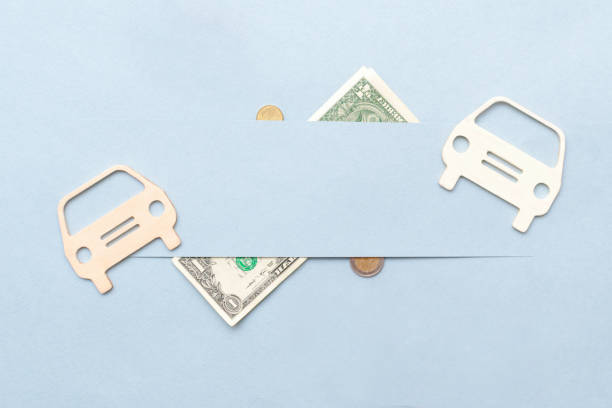How does an auto refinance work? When you want to get a better rate on your auto loan, you might think about refinancing. However, refinancing involves a lot more than just getting a new interest rate. When you refinance, you have to provide information about your current loan and your car, which includes its VIN.
You must also provide information about your current loan, including the balance, make, model, and mileage. The lender will then evaluate your financial history and assess your creditworthiness. Once you’ve submitted all of this information, you’ll receive a quote.
Monthly payment and overall interest costs
The main benefit of auto refinancing is that it can lower your monthly payment and overall interest costs. However, the drawback is that you’ll end up paying more over the life of the loan. It’s important to compare the cost of a lower monthly payment with the additional costs of paying off the loan early. Often, you’ll have to pay off your current lender’s fees, which can take a few months.
Interest rate on your existing loan
The interest rate on your existing loan is another key factor in the process. If your car’s value is higher than your loan, it is possible to qualify for a better refinance rate. Your current lender may not be willing to refinance your loan because it’s nearing its payoff date. If your current lender is rude, you may consider changing lenders in order to avoid having a bad experience.
The benefits of refinancing are many
A lower interest rate means lower monthly payments, which will be easier to handle. Depending on how much equity you have in your car, you could end up with a cash loan for ten thousand dollars. The higher the cash you’re able to take out of it, the lower your interest rate, the better off you’ll be. The disadvantages are many, but they’re well worth the benefits.
First of all, auto refinancing can save you money. Refinancing a vehicle can be a great way to save money on your car loan. It can also save you a lot of money if you’re paying less than you should. When refinancing a vehicle, you’ll be able to enjoy the same benefits, such as reduced interest rates and lower payments.
Refinancing can also be a great way to get a lower interest rate. While you might be able to get a lower interest rate with your current loan, you should still take time to review the terms and conditions of the loan. While you might be able to get better rates with your current loan, the longer you keep it, the better your credit score will be. Once you know what you can afford, you can refinance.
Taking out a new loan
When you refinance a car, you’re taking out a new loan that is secured by your car. This is a smart move if you want to lower the monthly payments and avoid paying more than you can afford. You can use the savings to pay off other bills, or put them toward a new home or a family vacation. If you’re looking to refinance your car, you should shop around for several different lenders.
After you’ve completed the refinance process, you must transfer the title of your car to the new lender. You should also make sure you’ve sorted through your financial situation before you begin this process. The loan is important because it gives you a better interest rate than your original loan. If you can afford a lower interest rate, you should definitely consider refinancing your car. If you can, get a lower interest rate and save money in the long run.







